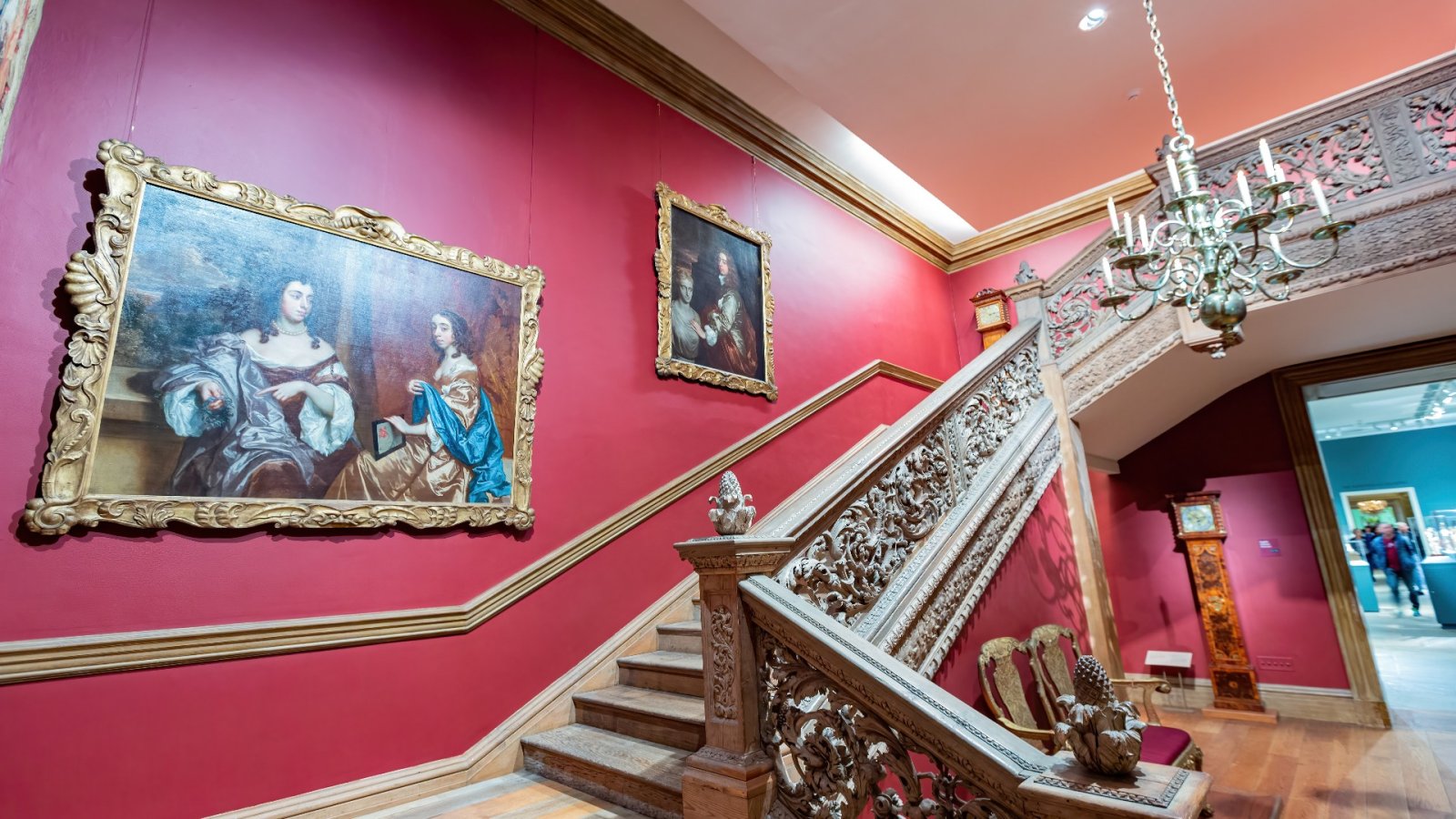Metropolitan Museum of Art, New York
The exhibition "Hear Me Now: The Black Potters of Old Edgefield, South Carolina" showcases ceramic work by enslaved African American potters from the 19th century, as well as contemporary artistic responses. The show features around 50 objects, including massive storage jars and expressive face jugs, all made from alkaline-glazed stoneware with kaolin. The exhibition is organized by the Metropolitan Museum of Art and the Boston MFA, and also includes works by contemporary Black artists such as Simone Leigh, Adebunmi Gbadebo, Woody De Othello, Theaster Gates, and Robert Pruitt that connect to the artisans of Edgefield.
Institute of Contemporary Art, Miami
The exhibition "Big Butch Energy" features new paintings by Nina Chanel Abney, using bold graphic forms to express intricate narratives on topics such as gender perception and performance. This collection particularly centers on Black women who identify as masculine and delves into the deeper issues within Greek student culture, specifically the struggles and tension that arise from the need for social acceptance.
Musée d’Art Moderne de Paris
Titled "Enfant Terrible in Vienna," this exhibit displays about 150 paintings and drawings from the 70-year career of the provocative Austrian artist and writer Oskar Kokoschka (1886–1980). Known for his revolutionary plays, WWI injuries, supposed mental instability, constant traveling, and his obsessive love for Alma Mahler (depicted in a life-size doll that he publicly destroyed), Kokoschka was a notable figure in the Expressionist movement, alongside Egon Schiele, Emil Nolde, and Ernest Ludwig Kirchner. In the 1930s, the Nazi party labeled Kokoschka's emotionally charged landscapes and portraits as examples of "degenerate art."
Museo Jumex, Mexico City
Mexico City artist Minerva Cuevas employs various methods and mediums in her socially-conscious art practice to reveal the intricate economic and political structures of contemporary life. She has conducted mini-sabotages as part of her non-profit organization Mejor Vida Corp/Better Life Corporation and performed guerrilla rebranding campaigns to comment on the tension between issues such as world hunger and capitalist excess. Museo Jumex has created a site-specific installation filling the first-floor gallery. The installation includes "200 mammoths, almost 25 camels, [and] five horses" made from cartonería, a Mexican technique similar to paper-mâché. The work references the thousands of fossilized mammoths found in 2020 during the construction of Mexico City’s new Felipe Ángeles International Airport.
Museum of African American History and Culture, Washington
An exhibition titled "Spirit in the Dark: Religion in Black Music, Activism, and Popular Culture" examines the various ways in which religion has intertwined with the communal aspects of Black culture. It features objects from the Smithsonian's National Museum of African American History and Culture such as a King James Bible owned by Little Richard, and handwritten notes from James Baldwin, along with archival material from magazines such as Ebony, Jet, and Black World. The show highlights prominent musicians like Aretha Franklin, Duke Ellington, Marvin Gaye, as well as Black cultural figures like Angela Davis, Malcolm X, Maya Angelou, Reverend Ike, and Jesse Jackson.
Hamburger Kunsthalle, Hamburg, Germany
The exhibition "Femme Fatale: Gaze—Power—Gender" explores the representation of the dangerous feminine archetype in mythology, literature, cinema, and popular culture, and how it has influenced masculine desires and fears. The show includes 140 works created in various media from the late 19th century, by artists such as Dante Gabriel Rossetti, Gustave Moreau, VALIE EXPORT, and Zandile Tshabalala. It features portrayals of female characters like Circe, the Sirens, Medea, Salome, and Judith, along with images of Hollywood actresses. The exhibition examines how cultural changes like the New Woman ideal, feminism, and the #MeToo movement have impacted these seemingly "eternal" images.
Metropolitan Museum of Art, New York
"Beyond the Light: Identity and Place in Nineteenth-Century Danish Art" illustrate how, paradoxically, cultural flourish can come out of geopolitical disaster. After the Napoleonic Wars, Denmark fell from a major power to a peripheral nation, yet as demonstrated by the art in the exhibition, it experienced a time of prosperity in literature, music, philosophy, architecture, and the visual arts. On display are nearly 100 paintings and drawings, many reflecting a romantic ambiguity about history and belonging, by Danish Golden Age artists.






